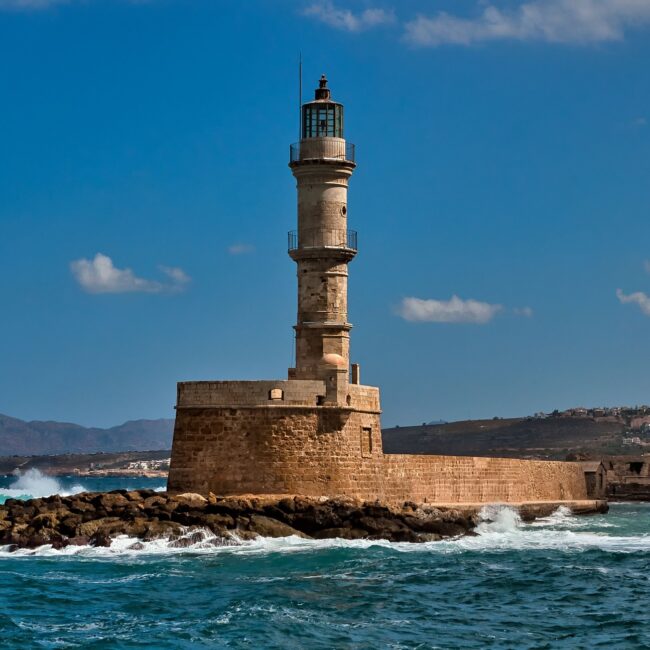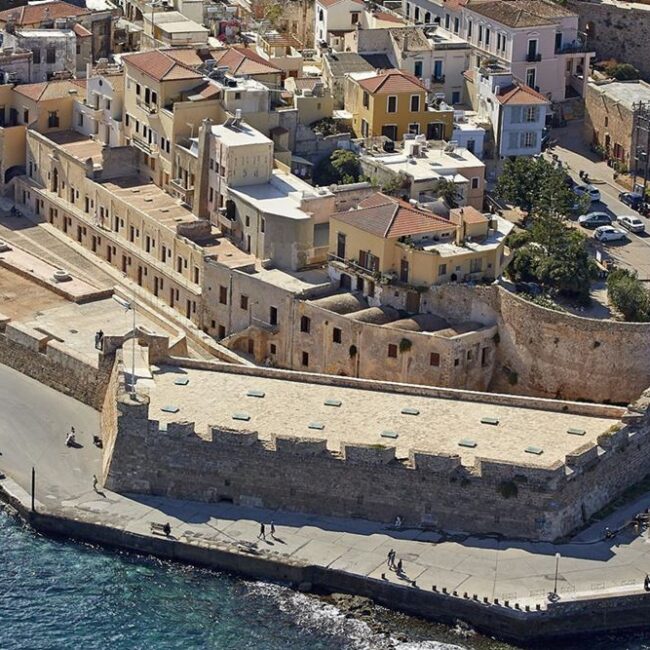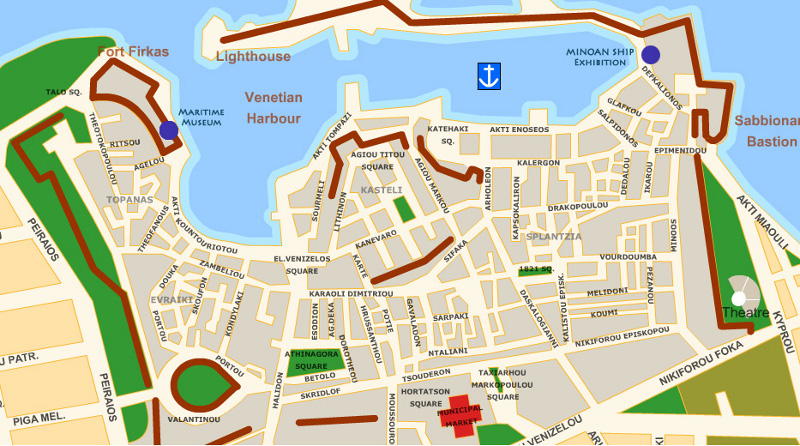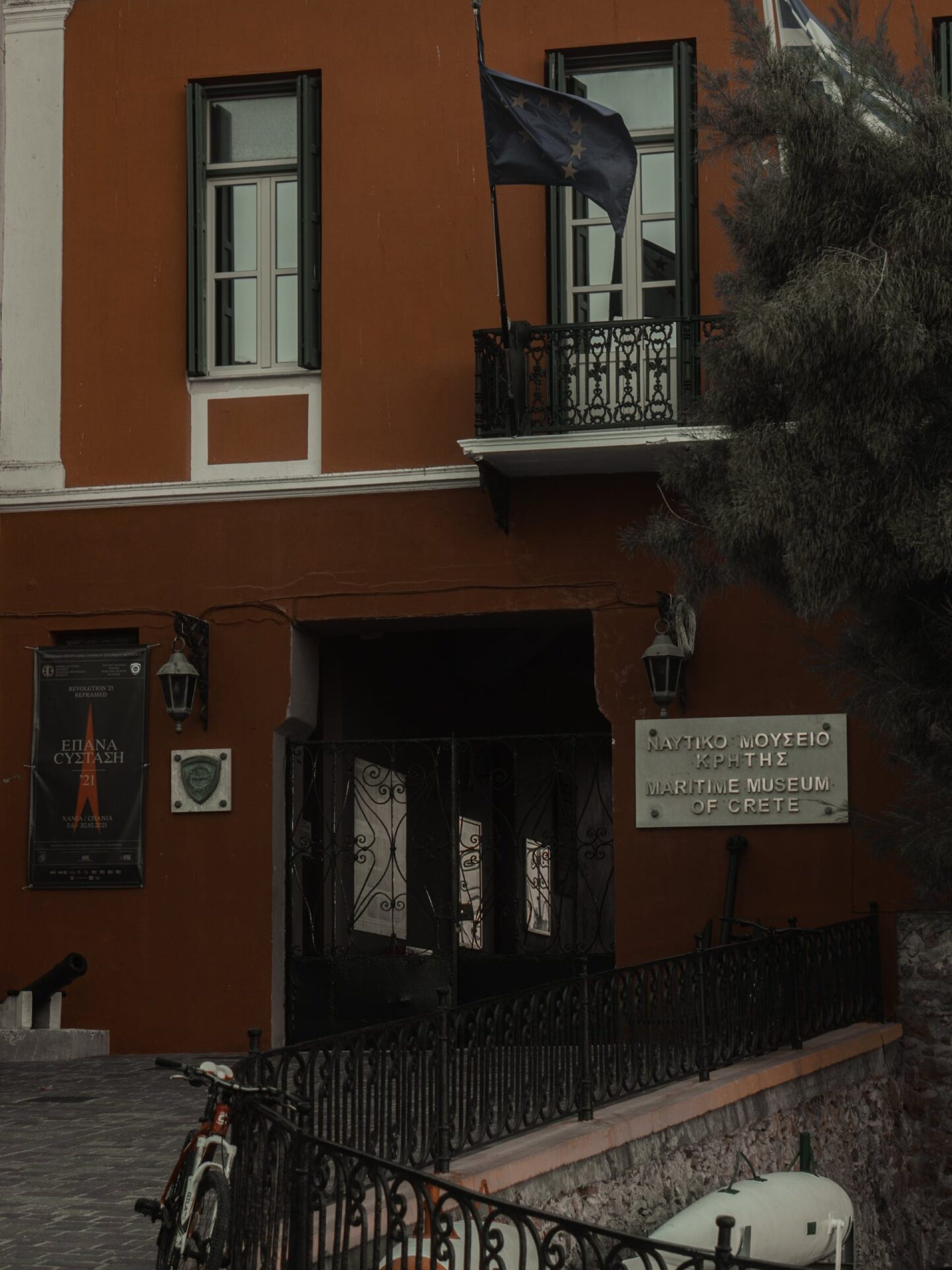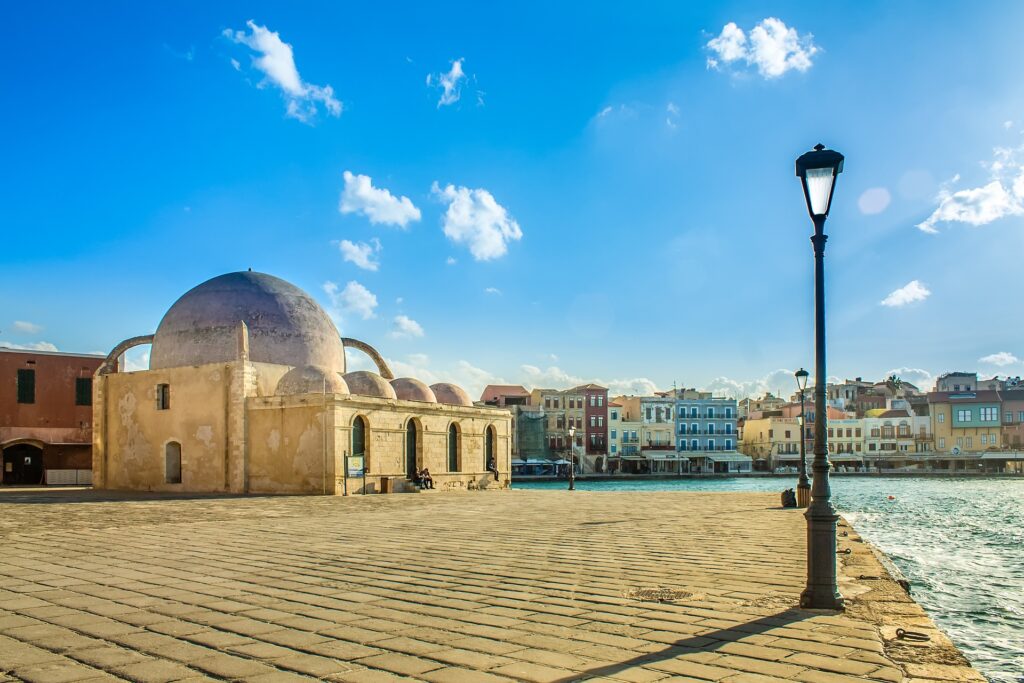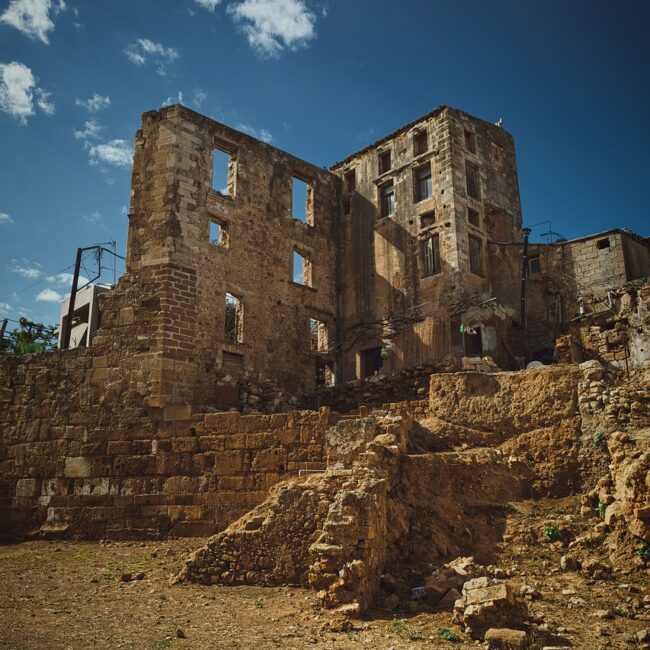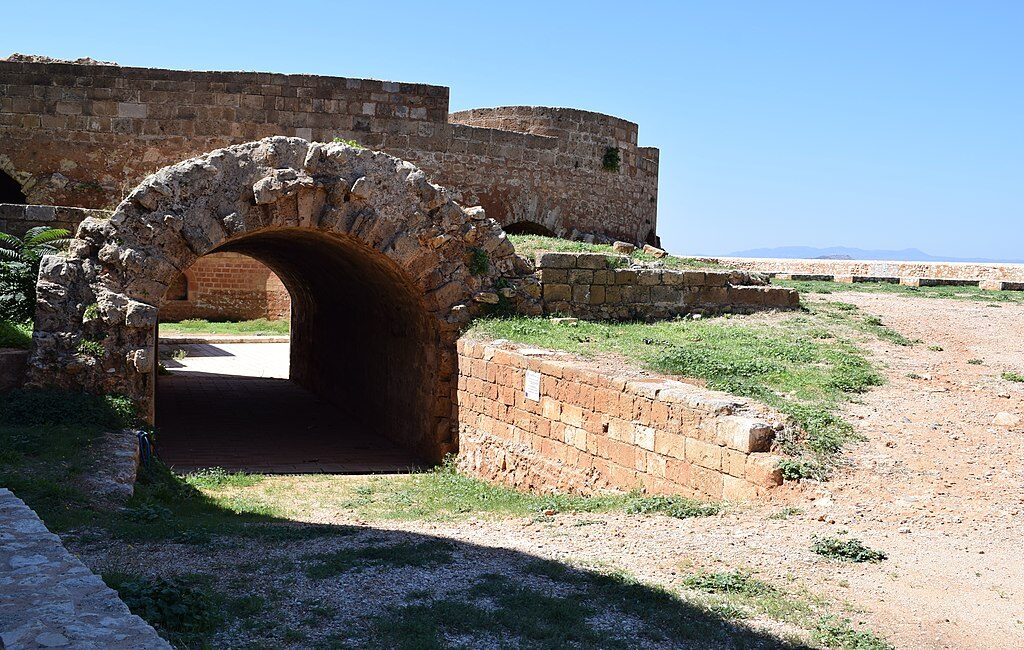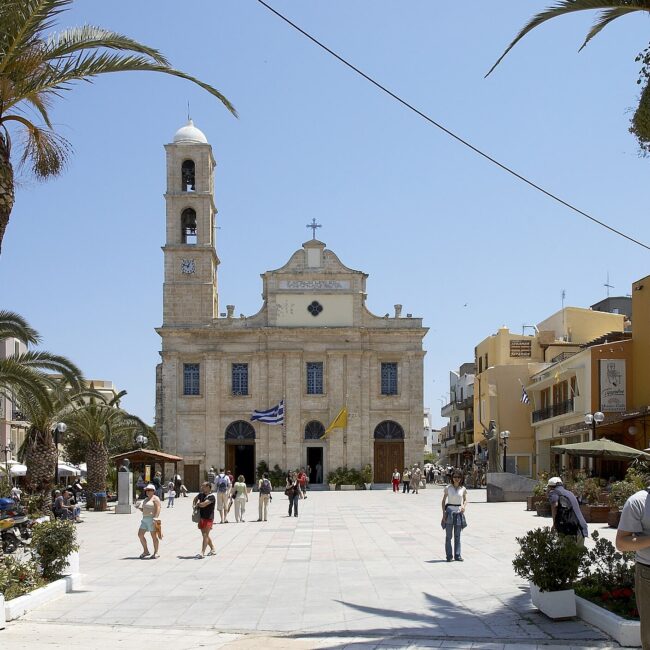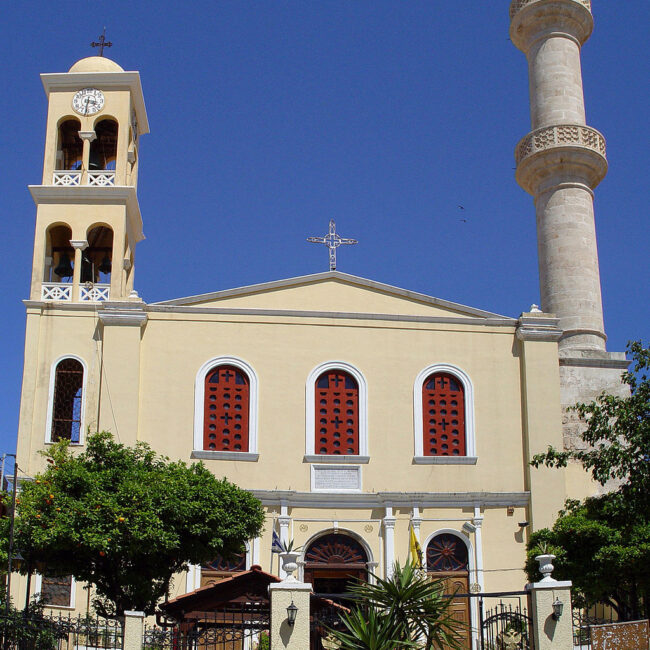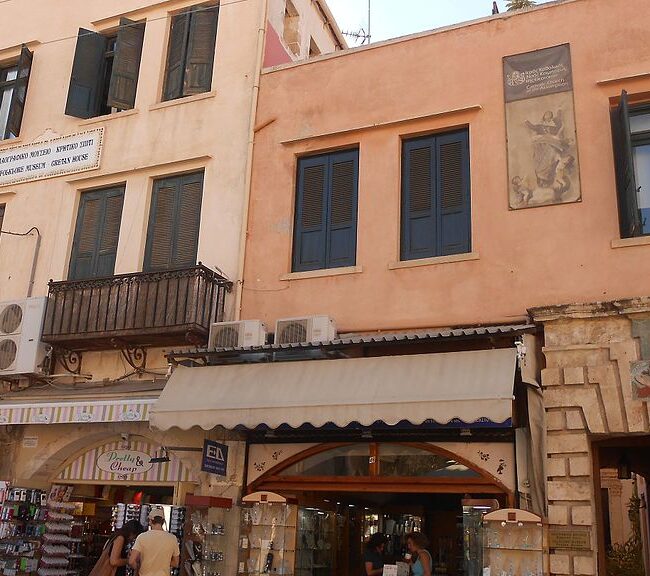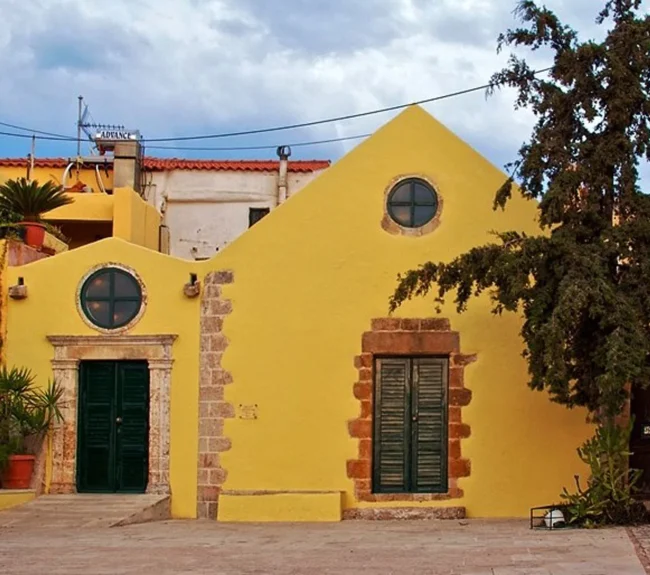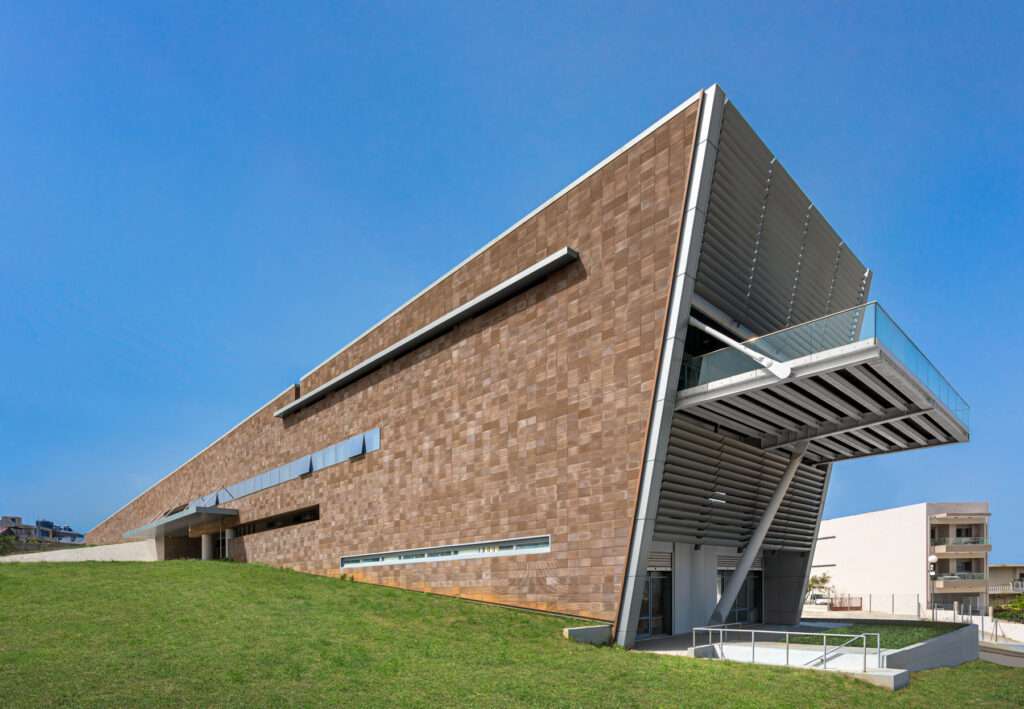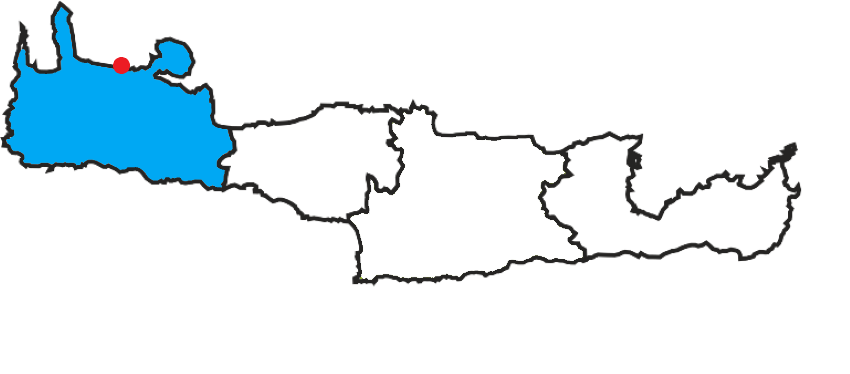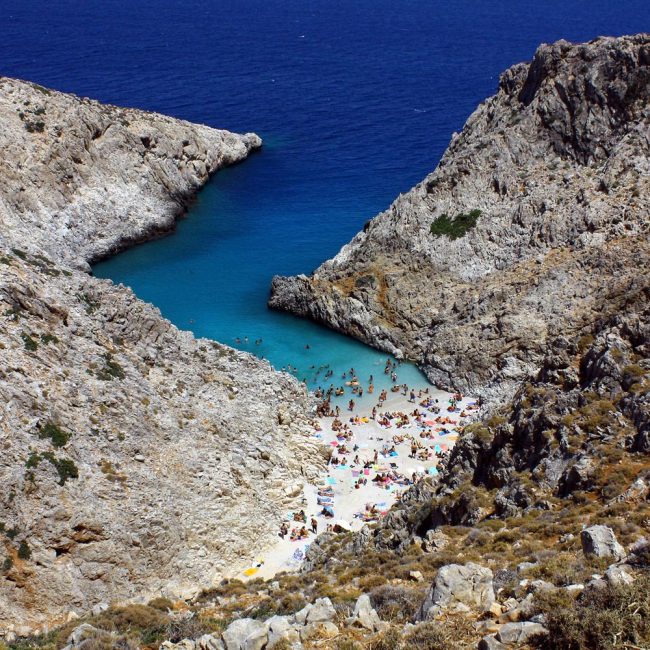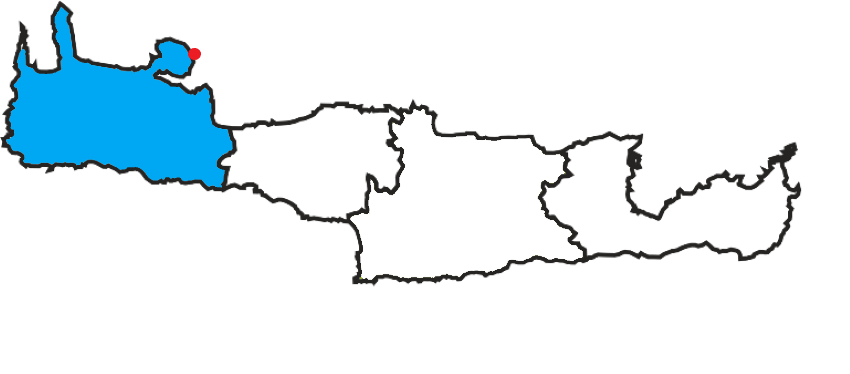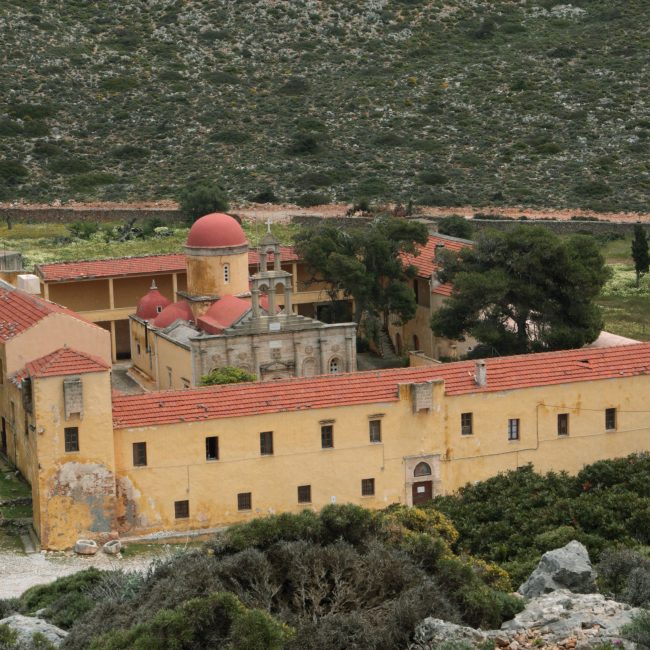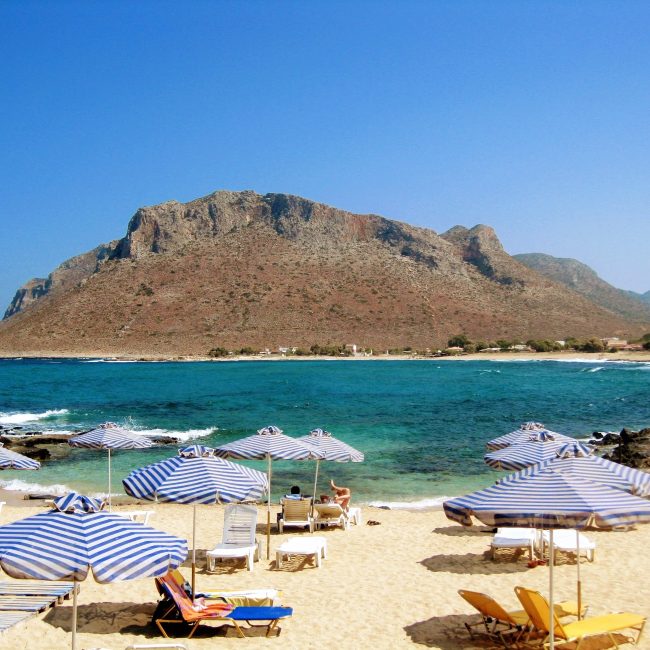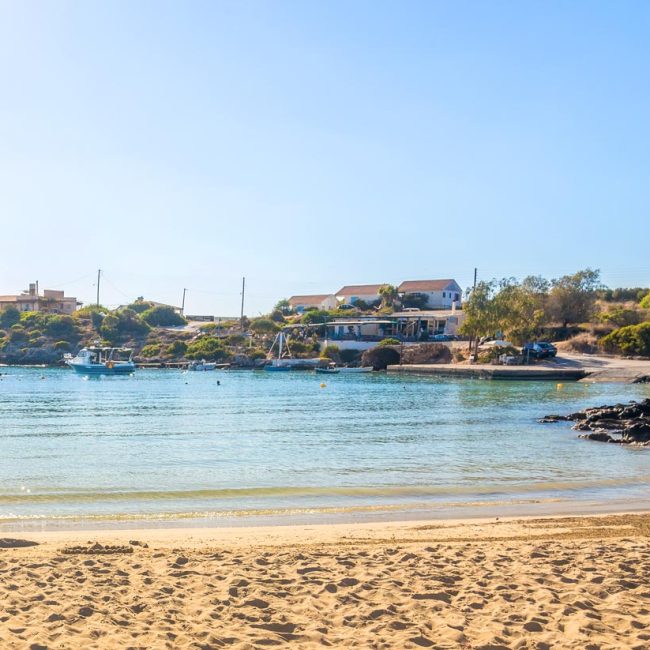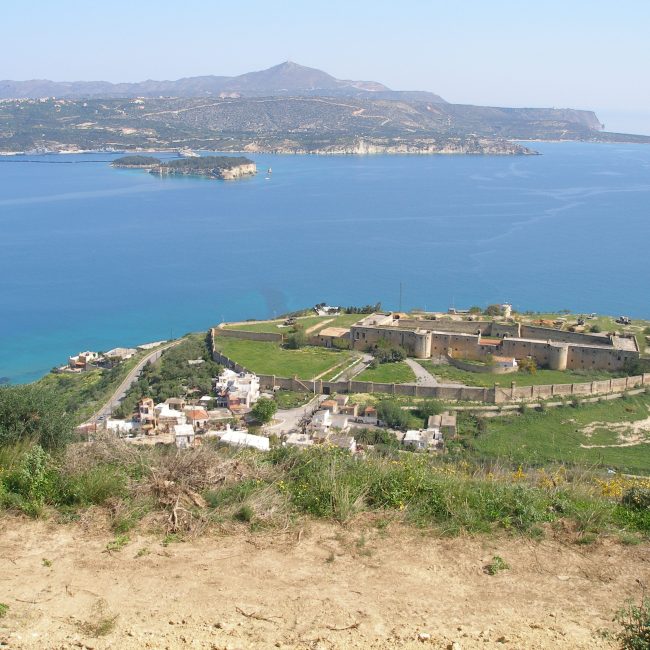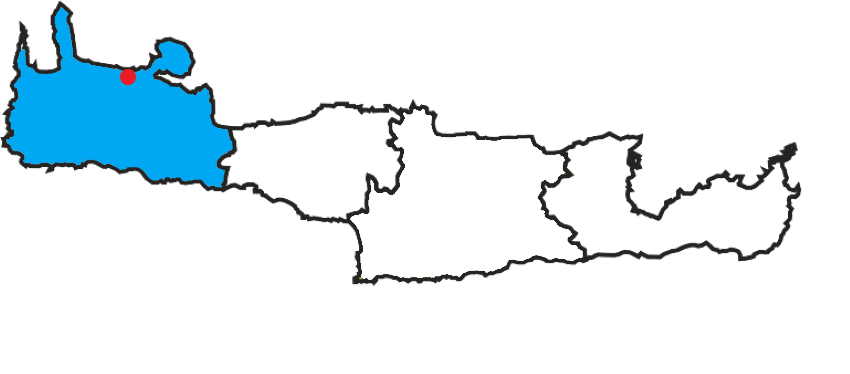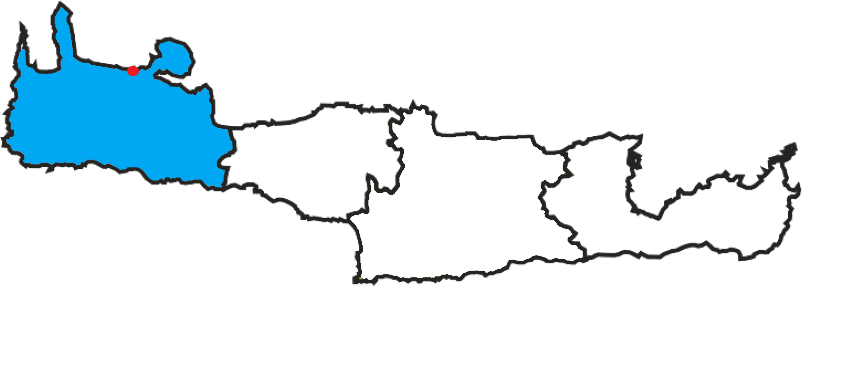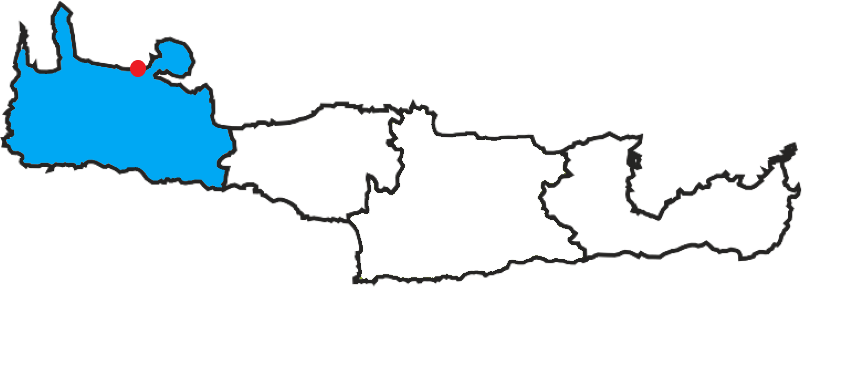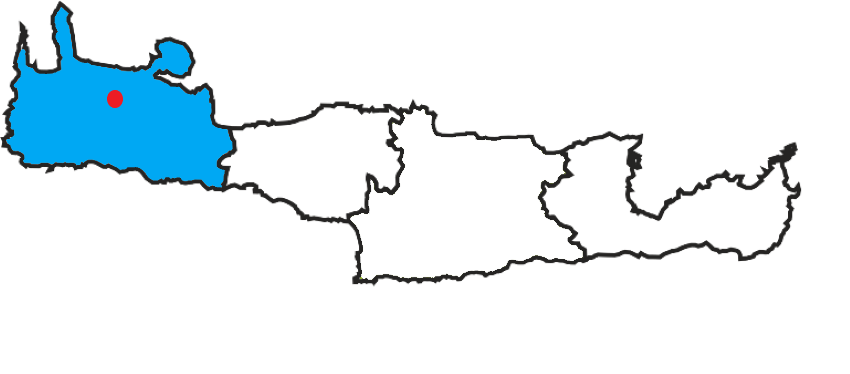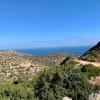La Canea- Chania’s Old Town
La Canea: Chania's old town and a blend of cultures
The old town of Chania, located on the north shore of Crete, is a captivating blend of Cretan, Venetian, and Ottoman influences, boasting a rich history and remarkable architecture. The town is built on the site of the ancient city of Kydonia, which was a significant Minoan settlement and a major commercial and trade center, according to Homer. There are a couple of versions about the roots of its name. Some say that it took its name from its ruler, Kydon, who was the mythical son of King Minos and the nymph Akakkalida, and others claim that it comes from an older name of the island, Chthonia. Over the centuries, Chania has witnessed the rule of various civilizations, including the Romans, Byzantines, Venetians, and Ottomans, each leaving a distinct imprint on its culture and architecture.
attractions
Visitors to Chania may explore La Canea’s old town, walk around the city walls, and see the historical fortification of Revellino del Porto. Religious destinations such as the Cathedarl of Panagia Trimartiri and Saint Nikolaos of Spantzia, as well as museums and important landmarks, provide identity and character to Chania city. These attractions provide an insight into the town’s rich history and architectural legacy, making it a desirable destination for both history buffs and tourists.
la canea's legacy
The Venetian and Ottoman periods have particularly shaped the old town’s character. The Venetian heritage is strong in the old town.
At the Venetian harbor, which dates back to the 14th century, you will find some of the most iconic landmarks of Chania.
One of the most famous features is the Venetian Lighthouse, originally built in the late 16th century and restored in the 19th century, which provides a stunning panoramic view of the harbor and the town.
Back in the day, a chain could connect the base of the lighthouse and Firka Fortress in order to seal the entrance of the harbor.
Unfortunately, the lighthouse’s tower is closed, so you can’t go up.
Right across the lighthouse is the Venetian Fortress Revellino del Porto, which was built in the 17th century on the northwest side of the port. It was built to secure the entrance and suppress foreign invasions.
During Ottoman rule, the fortress was used as barracks and took the name Firka Fortress (Firka = barracks), which is still used today.
Visitors can explore the fortress interior, which was organized with armory and ammunition rooms and the commanding officer’s headquarters, as well as the courtyard with the defensive cannons at the north.
Timetable & Ticket
Winter Timetable
1st of November - 31st of March: 08:00- 15:00
Monday - Friday
Summer Timetable
1st of April - 30th of October: 08:00- 20:00
Closed
25-26th of December
1st of January
25th of March
Last entrance: 20 minutes before the time the site closes.
Ticket Price: Free
Additional Information
Phone number: +302821040095
Accessibility: There are no facilities for the handicapped upstairs. It is accessible from the outside.
At the entrance of the fortress is the Maritime Museum of Crete, established in 1973. It houses all the naval traditions of the Cretans from back in the day until now.
Just on the other side of the harbor, there is an extension of the museum displaying a Minoan ship exhibition.
Timetable & Ticket
Monday to Saturday
09:00- 16:00
Closed
25-26th of December
1st of January
25th of March
Last entrance: 20 minutes before the time the site closes.
Ticket Price: 4 Euro, Reduced: 3 Euro (usually for ages 6–25 and 65+)
Additional Information
Phone number: +3028210 91875, +3028210 74484
Accessibility: There are facilities for the handicapped.
Website: Click Here
E-mail: mar-mus@otenet.gr
Continuing our tour in the Venetian Harbor, we can discover yet another beautiful landmark.
The Ottoman influence is evident in the presence of the oldest Ottoman-built building in Chania, the Küçük Hasan Pasha Mosque, or Yali Mosque.
It was built in 1645 as a religious center for the Turkish population during the occupation.
In 1923, the mosque ceased to function, and in 1939, its minarets were demolished. During World War II, it housed the Archaeological Museum of Chania.
Later on, it was used as a storehouse, folklore museum, and visitor center, and today it is used as an exhibition hall.
la canea's defences
The Venetians called the old town of Chania “La Canea,” which was the name used during their rule over the city.
The occupation of Crete by the Venetians started in 1212, in the aftermath of the fall of Constantinople to the Crusaders of the 4th Crusade in 1204.
For a couple of centuries, they relied on the protection of the old Byzantine fortification on the hill of Kasteli, close to the port.
This part was the nucleus of the Venetian city, which eventually expanded outside the old fortification.
Venice took the decision to build a new fortification in Chania in 1538 after the devastating raid of the Turkish pirate Barbarossa in the Agean and in Crete.
The project was assigned to Michele Sanmicheli. The construction was finished in 1568.
The fortification did not stop the Turks, who in 1645 invaded Crete and, after a 56-day siege, captured Chania with heavy losses.
Six bastions reinforced the fortification walls, and the wall had three main gates, including Porta San Salvatore, Porta Retimiota, and Porta Sabbionara.
The San Salvatore Bastion and the Sabbionara Bastion are two of the most prominent bastions that can be seen in the old town of Chania.
The San Salvatore Bastion is located on the northwest corner of the fortifications and was mainly used for military reasons as well as by the residents of the Jewish quarter.
The Sabbionara Bastion, also known as Mocenigo, is located on the northeast corner of the fortifications and features the relief of the winged lion of San Marco, the emblem of Venice, embedded in the façade.
Religious destinations
The old town of Chania is home to several religious destinations that reflect the town’s diverse cultural and historical influences. One of the most prominent religious sites in the old town is the Greek Orthodox Cathedral of Trimartiri, located close to the Venetian Port. The cathedral was built in the 1860s and features a beautiful bell tower and intricate frescoes. Another notable religious site is the Church of Saint Nikolaos of Splantzia, located in the Splantzia district of the old town. The church dates back to the 14th century and features a distinctive bell tower and a beautiful interior with frescoes and icons. There are articles available if you need more information about these beautiful destinations.
Art and Museums
The old town of Chania is home to several museums and art galleries that showcase the town’s rich cultural and historical heritage. The Municipal Art Gallery of Chania is a vivid collection of fine art from the last three centuries, featuring works of painting, engraving, and sculpture by Greek and foreign artists. The gallery is located in the heart of the old town and is a must-visit for art enthusiasts.
The Folklore Museum of Chania is another notable destination, showcasing the town’s traditional culture and customs. The museum features a collection of traditional costumes, textiles, ceramics, and other artifacts that offer a glimpse into the daily lives of the town’s inhabitants over the centuries.
The Maritime Museum of Crete is located near the Venetian Port and offers a fascinating insight into the town’s maritime history. The museum features a vast collection of nautical finds, including ship models, maps, and other artifacts that illustrate the rich history of Chania’s seafaring past.
A little further from the Marinetime Museum is the Byzantine and Post-Byzantine Collection Museum. The collection is housed in the north-west interior part of the fortification walls that were renamed the Monastery of Saint Salvatore. The exhibition is focused on the historical and artistic identity of the region of Chania during the Byzantine and post-Byzantine periods. The exhibits have been separated into units according to their category (mosaics, signs, murals, ceramics, sculptures, coins, etc.) and are displayed in chronological order.
Other museums in the old town of Chania include the Greek National Football Team Museum, the Minoan’s World 9D Experience, the Historical Archive of Crete, the Eleftherios Venizelos House, and the Museum of Typography. These museums offer visitors a diverse range of exhibits and experiences, from sports history to ancient typography.
Of course, here we should mention the new Archeological Museum of Chania. The new location is outside the old town but is one of the most important museums in the Chania District.
You can view the article about the Archeological Museum of Chania here!
Cultural Treasures & experiences
Chania’s old town isn’t merely a museum of historical artifacts! It’s a vibrant hub of culture and creativity.
Art galleries, boutique shops, and traditional tavernas line the streets, each contributing to the town’s unique character.
The Municipal Market, with its bustling atmosphere and aromatic stalls, allows visitors to immerse themselves in the sights and sounds of daily Cretan life.
The intertwining of past and present creates an atmosphere where every corner tells a story and every step is a journey through time.
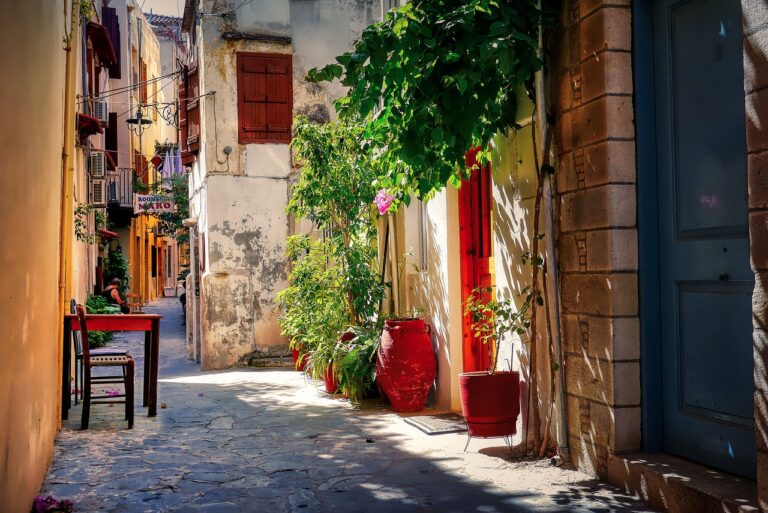
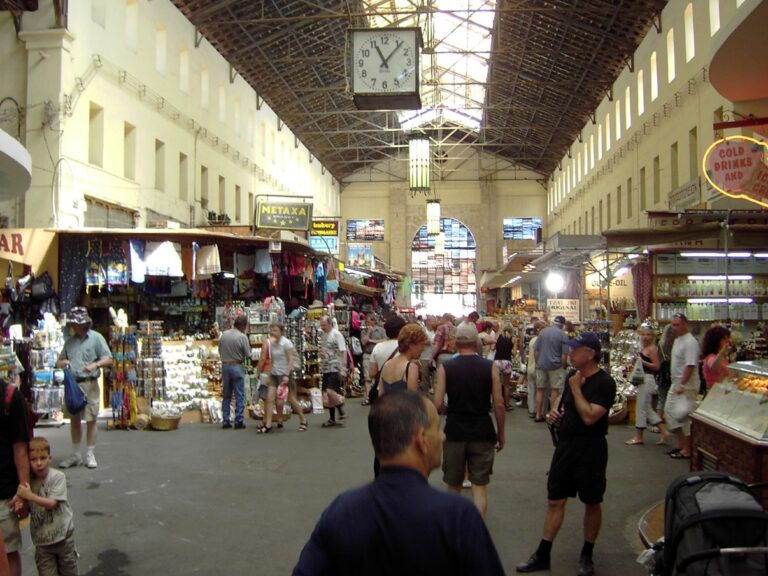
The old town’s narrow, labyrinthine alleyways lead to well-preserved historical monuments, small hotels, shops, and homes, offering a romantic and picturesque setting for visitors to explore.
The town’s diverse neighborhoods, such as the Jewish quarter, the Christian quarter, and the Turkish quarter, each have their own unique charm and historical significance.
The old town’s vibrant atmosphere is further enhanced by its bustling waterfront, lined with shops, restaurants, and taverns offering Cretan food specialties.
Venetian Harbor by day
venetian harbor by night
Conclusion
La Canea, Chania’s old town, is not only a treasure trove of historical and architectural wonders but also a lively hub of modern tourism, with a thriving local community and a vibrant dining and nightlife scene. Whether strolling through its ancient alleyways, savoring the local cuisine, or admiring its iconic landmarks, a visit to the old town of Chania is a truly enchanting experience that offers a perfect blend of history, culture, and contemporary allure.
ADDITIONAL TIPS FOR AN ENJOYABLE VISIT TO la canea, chania’s old town

Destinations near la canea
More options for nearby locations to plan your vacations better!




